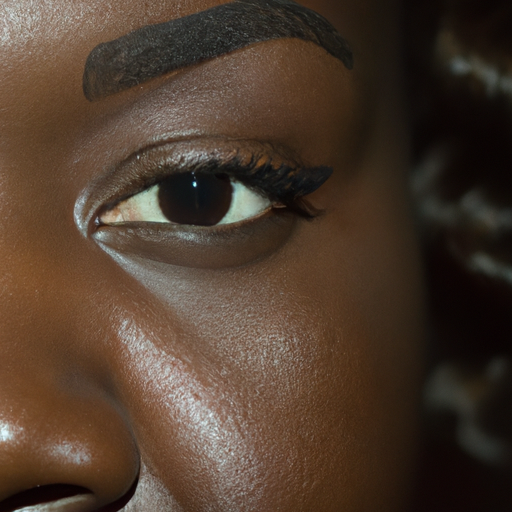Sensitive skin is a common condition that affects a significant portion of the population. It is characterized by reactions such as redness, itching, burning, and dryness when exposed to various triggers. However, the diagnosis and treatment of sensitive skin can be a complex process due to the myriad of potential causes and the individual nature of skin reactions. This article aims to unmask the mystery surrounding sensitive skin and provide a comprehensive guide to its diagnosis and treatment.
Diagnosing sensitive skin is not always straightforward. Unlike other skin conditions, there is no definitive test for sensitive skin. Instead, dermatologists rely on a combination of patient history, physical examination, and sometimes patch testing to identify potential triggers.
Patient history is crucial in diagnosing sensitive skin. Dermatologists will ask about the onset of symptoms, their frequency and duration, and any known triggers. They will also inquire about the patient’s skincare routine, including the products they use and how often they use them. This information can help identify potential irritants or allergens that may be causing the sensitivity.
Physical examination of the skin can reveal signs of sensitivity such as redness, dryness, or inflammation. However, these signs can also be indicative of other skin conditions, so they must be interpreted in the context of the patient’s history.
Patch testing involves applying small amounts of potential allergens or irritants to the skin and observing for a reaction. This can help identify specific substances that the patient’s skin reacts to. However, patch testing is not always necessary or feasible, especially if the patient’s skin is already inflamed or irritated.
Once a diagnosis of sensitive skin has been made, the next step is treatment. The primary goal of treatment is to reduce symptoms and prevent future reactions. This typically involves a combination of skincare changes and topical treatments.
Skincare changes are often the first line of treatment for sensitive skin. This may involve simplifying the skincare routine, using gentle, fragrance-free products, and avoiding known triggers. It’s also important to protect the skin from environmental factors that can exacerbate sensitivity, such as sun exposure and harsh weather conditions.
Topical treatments for sensitive skin can include moisturizers, anti-inflammatory creams, and barrier repair creams. Moisturizers help to hydrate the skin and restore its natural barrier function, reducing sensitivity. Anti-inflammatory creams can help to reduce redness and inflammation, while barrier repair creams can help to strengthen the skin’s natural barrier and protect it from irritants and allergens.
In some cases, prescription medications may be necessary to treat sensitive skin. These can include topical corticosteroids or calcineurin inhibitors, which can help to reduce inflammation and itching. However, these medications should be used under the supervision of a dermatologist, as they can have side effects.
In conclusion, diagnosing and treating sensitive skin can be a complex process that requires a thorough understanding of the patient’s history, careful examination of the skin, and sometimes patch testing. Treatment involves a combination of skincare changes and topical treatments, with prescription medications reserved for more severe cases. With the right approach, it is possible to manage sensitive skin effectively and improve the quality of life for those affected by this common condition.



